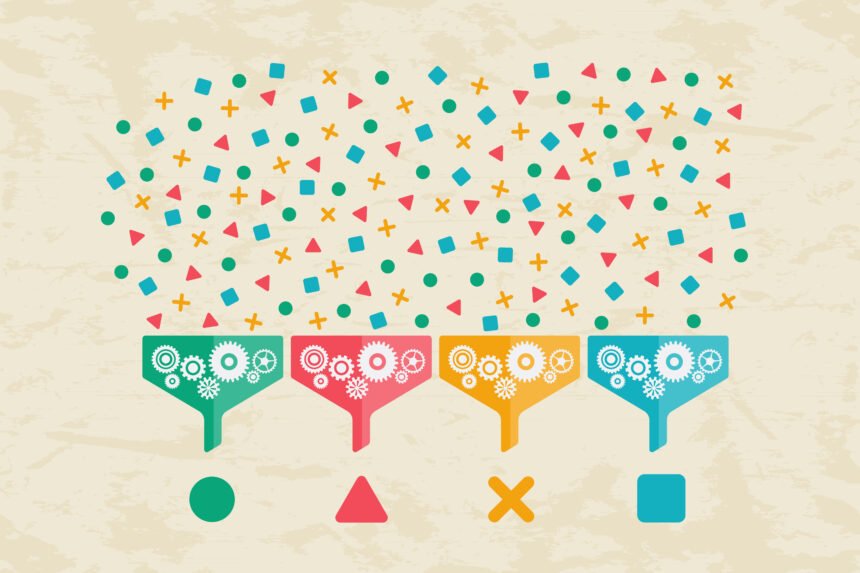We recently heard from a number of C and C++ experts talk about its merits with data science. Cristiano L. Fontana of OpenSource.com talked about some of these benefits in a recent article. Here is an excerpt from this post:
“While languages like Python and R are increasingly popular for data science, C and C++ can be a strong choice for efficient and effective data science. It is the language I use the most for number crunching, mostly because of its performance. I find it rather tedious to use, as it needs a lot of boilerplate code, but it is well supported in various environments. The C99 standard is a recent revision that adds some nifty features and is well supported by compilers.”
The number of big data applications on the market has grown exponentially over the last few years. However, the growth of these new applications fails to keep up with new demand. This has increased interest in c++ websocket server options.
As more organizations expressed the need for big data applications, developers are exploring new programming languages that could address their needs. Some programming languages have been particularly popular for data science, but this is something that is starting to change.
Python has historically been the preferred programming language for data scientists. One poll found that 66% of data scientists used Python to create their applications. R had been a more popular programming language for data science earlier, but Python quickly became more appealing for various reasons.
However, developers have started to recognize that other languages, such as C++ and even traditional C have numerous opportunities for data science development. In some ways, C++ is the best programming language for big data projects.
Why is C++ useful for data science applications?
Data scientists are considering many different types of programming languages as they start exploring new avenues for big data development. There are a few reasons that C++ is becoming more appealing for data scientists. Some of these benefits are described below.
C++ has very rapid processing capabilities
When it comes to developing big data applications, the speed of the compiler is one of the most important features. Therefore, it is rather strange that C++ has been overlooked as an excellent data science programming language.
C++ is actually the only programming language that is able to compile over a gigabyte of data in less than a second. Since you can compile large data sets with C++ a lot more quickly, it is an excellent language for large, data driven projects.
Developing data science libraries for other languages
Many people outside the computer science profession think that programming languages are a lot more fragmented than they actually are. It is often believed that there is no inter-connection between various languages, which is not the case at all.
One of the biggest bridges between different programming languages is their libraries. C++ is a remarkably efficient programming language for developing new libraries, which can be used across other programming languages.
Since data science applications are very reliant on new programming libraries, C++ can play in important role in this aspect.
Easy to modify code for other languages
Most modern programming languages are based in C or C++. Therefore, the syntax is relatively similar across most platforms. There are usually a lot of commonalities between C++ and other object-oriented programming languages. Developers trying to replicate the code with another language, such as Python will need to make far fewer tweaks than they would if they used almost any other OOP language as a starting point.
Data scientists should consider working with C and C++
There are a lot of great reasons to consider using C and C++ for data science projects. This can be great for processing large data sets very quickly, which is going to be very useful. It can also be very useful for developing new libraries that will be used in other programming languages for major data science projects.
Some people still swear by using Python, R and other programming languages. However, they may change their minds as they become more intune with the countless benefits of this programming language for AI, machine learning and other data science projects.

